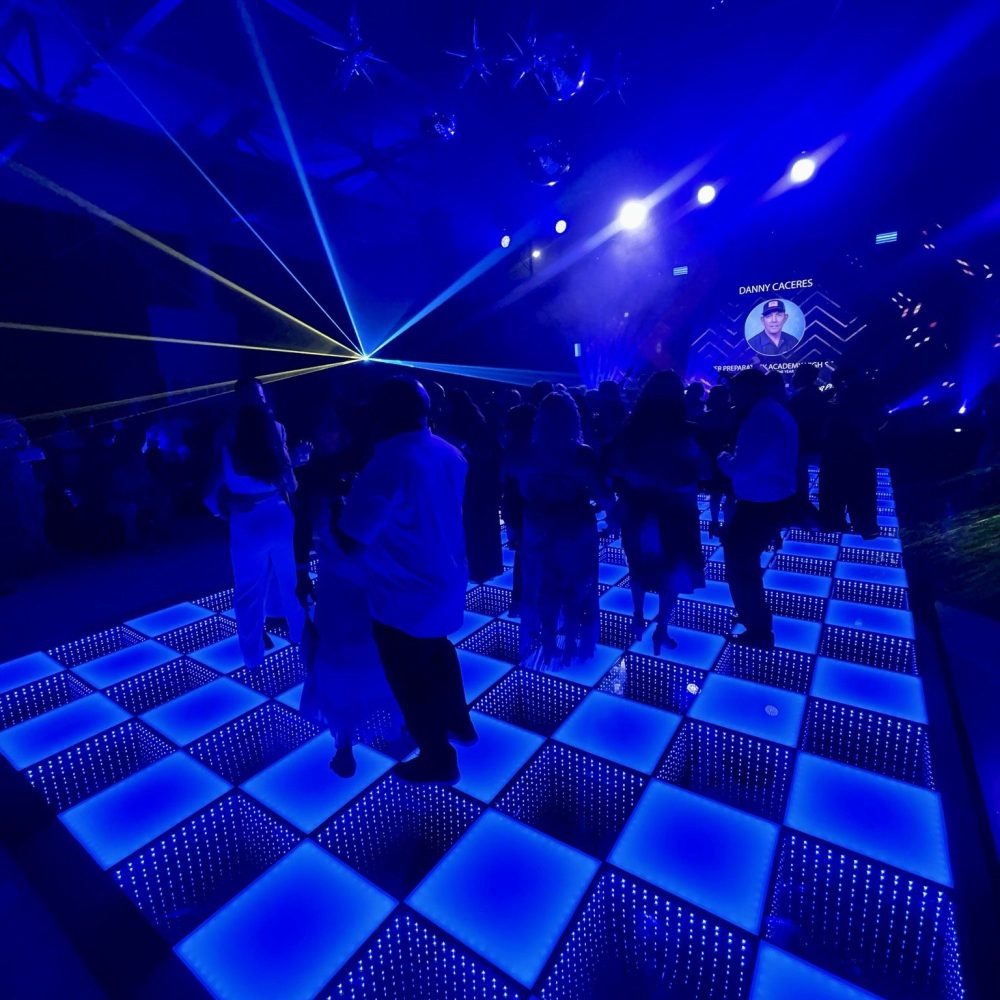Exploring the Versatile Substances That Convert Dance Surfaces into Stunning Visual Displays
Wiki Article
Movement surfaces have evolved significantly over the decades, transforming more than just a space to dance to music. Today, they are converted into stunning aesthetic experiences through the use of various materials and technologies. These substances not only enhance the aesthetic appeal of the space but also enhance the complete experience for performers and audiences alike. Understanding the versatile materials that contribute to these vibrant settings can offer insight into the craft of performance floor creation.
One of the most frequent materials used in modern dance floors is LED lighting. Light-emitting diode lamps are energy-efficient and can generate a broad variety of colors and impacts. They can be integrated in the floor itself or used as part of a lighting setup over the dance floor. This innovation allows for coordinated light shows that can change in response to the melodies, creating an engaging encounter. The ability to program these lights means that they can be tailored to match different concepts or atmospheres, making each occasion distinct.

Another important substance is reflective materials, such as mirrors or polished tiles. These materials can create an illusion of space and dimension, making the dance floor seem larger than it is. When performers dance, their reflections can add an extra layer of visual appeal, enhancing the overall performance. Additionally, mirror-like materials can interact with illumination effects, amplifying the hues and designs displayed on the floor. This fusion of light and reflection can captivate spectators and boost the energy of the occasion.
In furthermore to lighting and reflective substances, the use of electronic screens has grown increasingly popular in dance floor creation. These screens can display vibrant images, animations, or even live feeds of the show. By integrating electronic technology, occasion planners can create a comprehensive encounter that involves both the dancers and the audience. The capability to alter images in actual time allows for a dynamic environment that can adapt to the beat and energy of the music, making each instance feel new and exciting.
Furthermore, the selection of surface material itself plays a crucial role in the complete encounter. Classic wooden dance floors are still favored for their durability and functional qualities. However, more modern substances like vinyl and elastic are becoming popularity due to their versatility and simplicity of care. These substances can provide better shock absorption, minimizing the risk of injury for dancers. Additionally, they can be designed with various patterns and hues, allowing for artistic expression in the dance floor's appearance.
In conclusion, the transformation of dance floors into stunning aesthetic encounters relies on a combination of innovative substances and technologies. LED illumination, reflective materials, electronic screens, and customized flooring substances all contribute to creating an engaging setting for performers and audiences. As innovation continues to progress, the possibilities for enhancing dance floor creation will only expand, making future occasions even more captivating and memorable. Comprehending these materials helps appreciate the craftsmanship involved in creating environments where movement and music come together harmoniously see page in harmony.